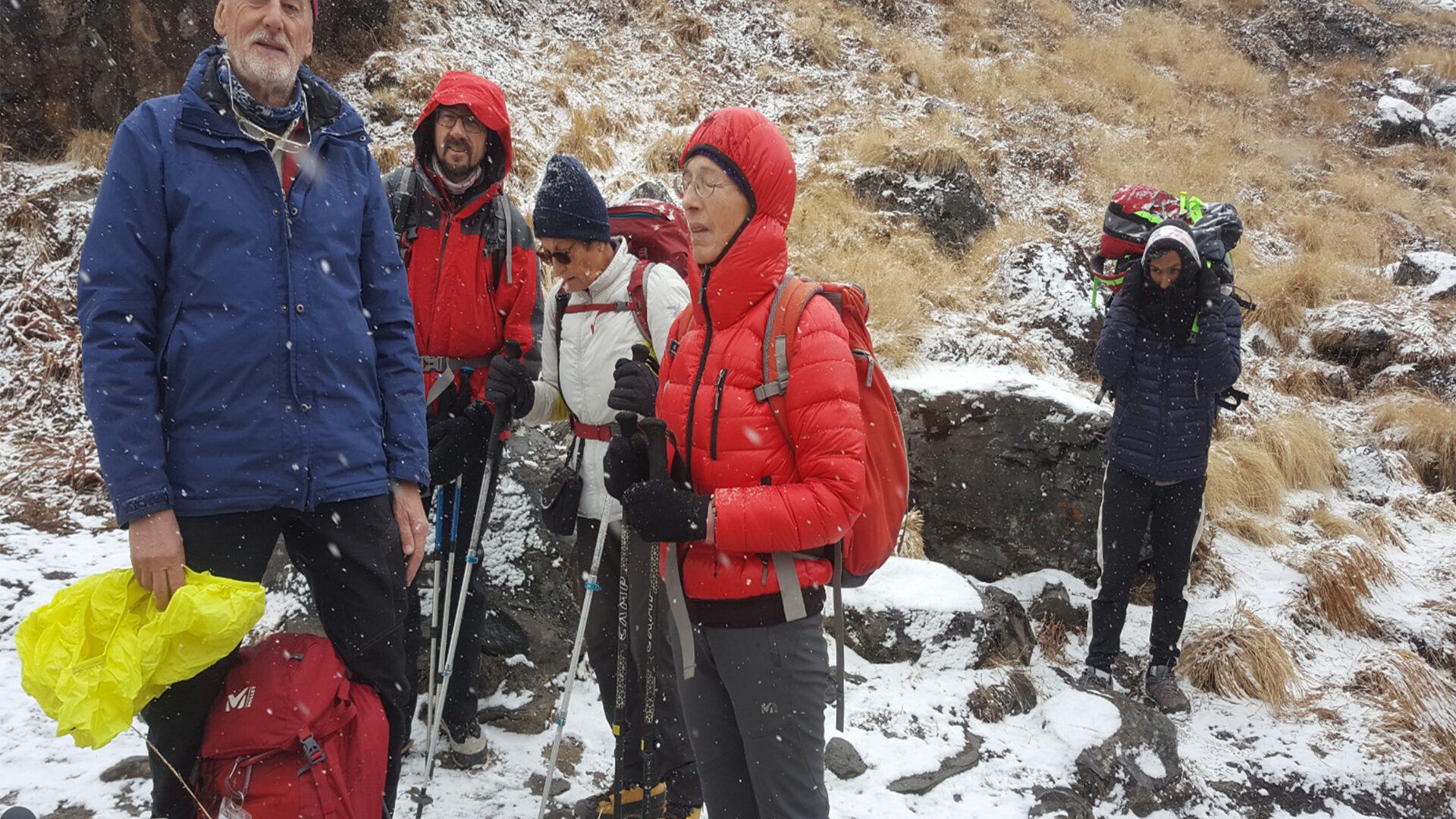
Destination
Nepal
Regions
Annapurna Massif
Activity
Trekking
Accomodation
Hotel/Tea House/Lodges/Tented Camps
Transportation
Trekking/Walking
Duration
48 Days
Trip Grade
Extreme(Difficult)
Altitude
Summit of Annapurna I (8,091 meters / 26,545 feet) and Besisahar (760 meters / 2,493 feet)
Best Season
Pre-Monsoon (Spring): Late April to early June and Post-Monsoon (Autumn): Late September to early November
Start/End Point
Besisahar-Syange
| Destination | Region | Activity | Accomodation | Transportation |
|---|---|---|---|---|
| Nepal | Annapurna Massif | Trekking | Hotel/Tea House/Lodges/Tented Camps | Trekking/Walking |
| Duration | Trip Grade | Altitude | Best Season | Start/End Point |
| 48 Days | Extreme(Difficult) | Summit of Annapurna I (8,091 meters / 26,545 feet) and Besisahar (760 meters / 2,493 feet) | Pre-Monsoon (Spring): Late April to early June and Post-Monsoon (Autumn): Late September to early November | Besisahar-Syange |
The Annapurna Expedition offers a challenging and rewarding experience for mountaineers aiming to summit one of the highest peaks in the world. Annapurna I Main, standing at 8,091 meters (26,545 feet), is the 10th highest mountain globally and one of the most technically difficult 8,000-meter peaks to climb.
Copyright 2024 Earth Matter Treks & Expedition Nepal. All rights reserved.